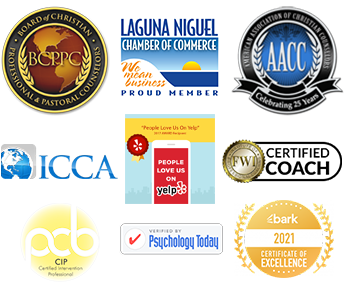By Randy Moraitis, MA, CIP, BCPC
In my last blog post entitled “10 Facts About Opioids” I shared that according to the Centers for Disease Control (CDC) the United States is in the midst of a prescription painkiller overdose epidemic and discussed important facts about opioids such as heroin, vicodin, etc.
This post will follow up on our look at opioids with a discussion of treatment options for opioid abuse and addiction.
Treating Opioid Overdose
Currently there are some very effective drugs for opioid overdose. If someone overdoses on opioids and is barely breathing and close to death, an opioid antagonist such as naloxone, can be administered. This can provide immediate relief because it blocks the opioids from binding to the receptors in the brain.
Thankfully, more and more first responders, as well as citizens, have been trained in the use of naloxone and this has led to saving many lives.
Treating Opioid Addiction
The first step to treating opioid addiction is detoxification (detox). Detox is extremely challenging because opioid users experience such intense withdrawal symptoms when they quit taking the drug.
I have seen this first hand numerous times while helping addicts get clean. I even once had an individual do their entire detox in my home without medication as they had no other treatment options. It can get messy and ugly!
Users encounter severe withdrawal symptoms that mirror the opposite effects of the drug. Instead of feeling euphoric, the user is extremely depressed. Instead of pain relief, users experience many aches and pains. Instead of constipation, users have diarrhea and other flu-like symptoms.
It is common to treat opioid addiction by administering a slower, longer acting opioid, such as methadone instead. Methadone maintenance is the most common treatment for heroin addiction and it has had significant success. One study showed that 80 percent of people who stick with a methadone maintenance program for one year end up abstinent from heroin for one to three years afterwards. By contrast, only 12 percent of people who drop out of methadone maintenance stay abstinent that long.
Other opioids are also regularly used in the treatment of heroin addiction. In fact, heroin itself is used in the treatment of heroin addiction in a number of countries. The idea is to give users a lower, but stable, prescription dose of heroin without all the risks associated with obtaining and using heroin on the street. Not surprisingly, heroin addicts are more likely to stick with a heroin maintenance program compared with a methadone maintenance program, and perhaps as a result, they’re less likely to use illegal drugs.
Other opioid drugs are frequently used in treating opioid addiction. Of course, this is very controversial as this is simply substituting one addiction for another.
Another common approach to treatment is to remove any reward associated with relapse. This is done by having the patient take an opioid antagonist such as naltrexone which blocks the rewarding effects of the opioids. This treatment works well with individuals highly motivated to quit who continue taking the naltrexone, but a problem arises when an individual gets very strong cravings and stops using the naltrexone.
In addition to pharmacological treatments, it can be most helpful if opioid addicts also receive cognitive behavioral therapy where they are trained to recognize and avoid their triggers for drug use.
It is also very helpful for the addict to receive counseling and coaching to move forward with a healthier life, and to be in a healthy supportive community which may include 12 step groups like Narcotics Anonymous or Lifelines.
Finding freedom from opioid addiction is very difficult, but it can be done with effective treatment, as well as healthy community and support in the life of the addict. If you have a loved one struggling with an opioid addiction, do not give up on them. Do all you can to get them into treatment, perhaps even an intervention, as it just may save their life!
For more information or to take the first step in getting a loved one help call 949-303-8264 or email randy@carepossible.org.
Websites: www.carepossible.org and www.randymoraitis.com




